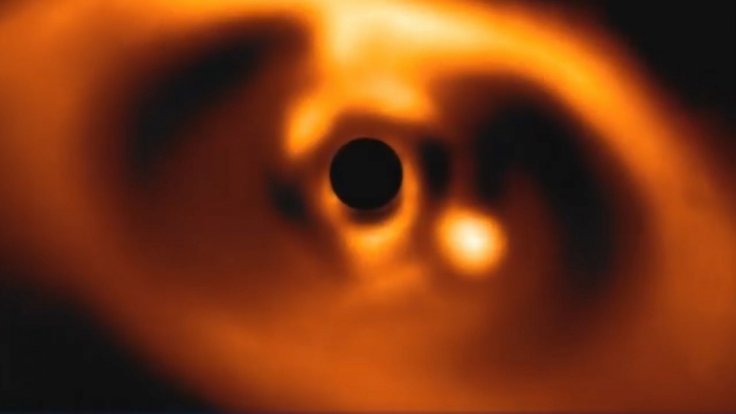
An International team of researchers have used Very Large Telescope, situated at the Atacama Desert in Chile, to capture the birth of a planet in the middle of dust and gas around its young star. The amazing phenomena happened 370 light years away from earth and scientists successfully captured it on camera.
Touted to be the first-of-its-kind image, the astonishing picture shows an alien world known as PDS 70b that orbits its dwarf star that is located in the constellation Centaurus.
The new finding described in two papers published in the journal Astronomy & Astrophysics reveals that astronomers have been noticing PDS 70b's dwarf star since the 1980s. As per the researchers, the major curiosity factor about the star was its very young age. It is estimated that the system in which PDS 70b lies is aged just around 3 million to 10 million years.
Even though this is a baby picture, the PDS 70b is actually a gas giant more massive than Jupiter. The surface temperature of this newborn planet is estimated to be about 1000 degree Celsius which means it is hotter than any other planet in the solar system.
"This confirms our picture of planet formation, namely that planets while accumulating material from their environment, carve a gap in the disk. While discovering how planet formation takes place around other stars, we learn as well about the history of our own solar system," told Miriam Kippler, an astronomer at the Max Planck Institute for Astronomy in Heidelberg to NBC News Mach.
Heather Knutson, a professor of planetary science at Caltech in Pasadena said that giant gas planets like PDS 70b often form on a timescale of several million years, but these formations often go unnoticed due to the presence of gas disk embedded around the planet.
Experts believe that studying more about these newly formed planets will help to know more details about how sustainable habitats evolve in space bodies.









